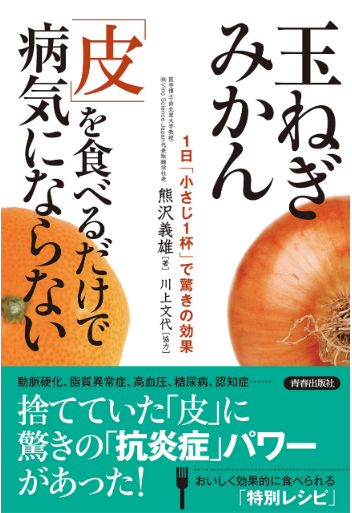107. The "Hide" Radical: 皮
The 皮 radical is on duty in only one Joyo kanji, which is identical to the radical:
皮 (374: skin; outermost layer; leather)
This five-stroke character once looked entirely different. According to Henshall in his newer edition, the bronze form combined 又 (right hand) with a phonetic that had the associated sense "remove." Together these parts meant "remove (animal hide) with the hand." He notes that modern meanings include not only "(animal) hide" but also "leather," "fur," and "skin."
It's easy, then, to understand the English names for the 皮 radical: primarily "hide," with "leather" as a second choice.
Photo Credit: Eve Kushner
Associating 皮 with hides and leather, I was startled to see this part of a menu. Edible leather?!
Fortunately, I recalled writing about this sign in essay 1670 on 豚 (pig, pork), where I said that in the menu category called 焼鳥 (やきとり: grilled chicken on skewers), one finds these choices:
もも ((chicken) thighs)
皮 (かわ: (chicken) skin), which the Japanese skewer and roast
Ah, that sounds so much better than heated leather!

This book reinforces the idea that 皮 is entirely edible—even when we think it isn't. That is, in fact, the startling thesis embedded in the main title:
「玉ねぎみかん 『皮』を食べるだけで病気にならない」
You Can Stay Healthy Just by Eating Onion and Tangerine Skins
玉ねぎ (たまねぎ: onion); みかん (tangerine); 食べる (たべる: to eat); 病気 (びょうき: sickness)
Really?! Okay, but ... blech!
The Japanese Names of the 皮 Radical
We've seen the English names of the 皮 radical, but I held off on the Japanese names until now because they're more complicated. The Japanese use those radical names to distinguish between 皮 and 革, radical 177. It's not as if they look alike, of course, but they have similar yomi and meanings. When these two shapes function as autonomous kanji, their Joyo readings are as follows:
皮 (374: skin; outermost layer; leather): ヒ, かわ
革 (821: leather; reform): カク, かわ
These yomi have inspired the following radical names:
radical 107: 皮
1. けがわ, one pronunciation of 毛皮 (animal hide)
2. かわ, reflecting the kun-yomi of the 皮 kanji
3. ひのかわ, reflecting that the 皮 kanji is the ヒ type of かわ
radical 177: 革
1. かわ, reflecting the kun-yomi of the 革 kanji
2. かくのかわ, reflecting that the 革 kanji is the カク type of かわ
3. かわへん, reflecting the kun-yomi of the 革 kanji when the 革 radical is on the left side (-へん) of a kanji
4. つくりがわ, in which the つくり (作り) reflects that an animal hide has been processed (tanned)
There are too many choices! Here's a way to simplify matters:
radical 107: We'll go with けがわ.
radical 177: We'll call it かわ and かわへん, depending on its location in a kanji
While we're at it, let's throw another leathery radical into the mix! I'm talking about this one:
radical 178: 韋 ("tanned leather")
People read this radical as as なめしがわ, which corresponds to 鞣し革, "tanned leather."
On 皮 as a Mere Component
We have distinguished radical 107 from two others, but that didn't satisfy a nagging question in my mind—namely, why does 皮 look so familiar? I finally realized that it's because 皮 serves as a mere component in these Joyo kanji, most of which are quite common:
| 波 (367: wave) | 彼 (1725: he) |
| 破 (767: to break) | 披 (1726: to open) |
| 婆 (1684: elderly woman) | 疲 (1728: tired) |
| 被 (1729: to suffer) |
The kanji in column 1 share the Joyo on-yomi ハ or バ. Meanwhile, the characters in column 2 all carry the Joyo on-yomi ヒ. Thus, 皮 serves as a phonetic in two separate on-echo patterns. As the autonomous 皮 kanji also has the Joyo on-yomi ヒ, I concluded that 皮 would be not only the radical but also the phonetic in that character, but Kanjigen says that the 皮 kanji has no phonetic.
